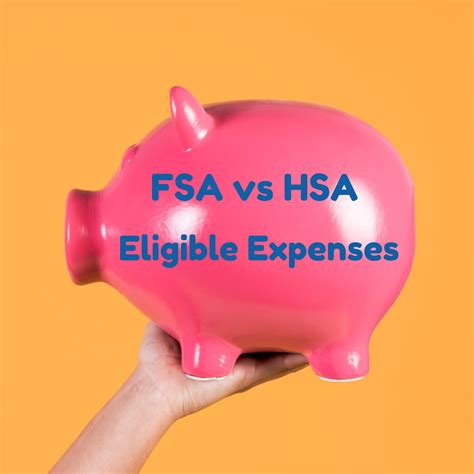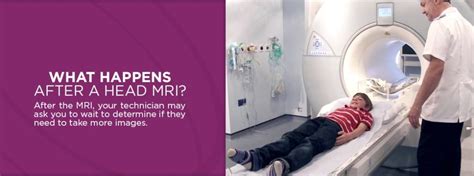Understanding the intricacies of Flexible Spending Accounts (FSAs) and Health Savings Accounts (HSAs) can be a daunting task, especially when it comes to determining which expenses are eligible for reimbursement. These accounts are designed to help individuals save money on a pre-tax basis for healthcare expenses, but the rules governing eligible expenses can be complex. In this comprehensive guide, we will delve into the world of FSA and HSA eligible expenses, exploring the ins and outs of what you can and cannot claim.
Introduction to FSAs and HSAs
Before diving into the specifics of eligible expenses, it’s crucial to understand the basic differences between FSAs and HSAs. Flexible Spending Accounts are employer-sponsored plans that allow employees to set aside a portion of their income on a pre-tax basis for healthcare expenses. The funds in an FSA must be used within the plan year, although some plans offer a grace period or allow a limited carryover of unused funds.
Health Savings Accounts, on the other hand, are designed for individuals with High Deductible Health Plans (HDHPs). HSAs allow individuals to save pre-tax dollars for medical expenses, and unlike FSAs, HSAs do not have a “use it or lose it” rule, meaning the funds can roll over year after year.
Eligible Expenses: A General Overview
Both FSAs and HSAs cover a wide range of medical expenses, including doctor visits, hospital stays, prescriptions, and more. However, to be eligible for reimbursement, these expenses must be deemed “qualified medical expenses” by the IRS. This typically includes expenses related to the diagnosis, cure, mitigation, treatment, or prevention of disease, or for the purpose of affecting any structure or function of the body.
Common Eligible Expenses
- Doctor Visits and Hospital Stays: Expenses related to visits to primary care physicians, specialists, and hospital stays are eligible.
- Prescription Medications: Most prescription drugs are eligible, including those for chronic conditions and maintenance medications.
- Dental and Vision Care: Expenses for dental care (e.g., fillings, crowns) and vision care (e.g., glasses, contacts) are covered.
- Medical Equipment and Supplies: Expenses for equipment like wheelchairs, walkers, and supplies such as bandages and test strips for diabetes management are eligible.
- Rehabilitative Services: Physical, occupational, and speech therapy are covered.
Less Common but Eligible Expenses
- Acupuncture and Chiropractic Care: These alternative therapies are eligible when used for medical purposes.
- Transportation Costs: In some cases, transportation costs to and from medical appointments can be eligible, including mileage reimbursement for personal vehicles.
- Home Improvements: Certain home improvements, such as installing a wheelchair ramp or modifying a bathroom for medical purposes, can be eligible with a doctor’s recommendation.
- Smoking Cessation Programs: Expenses for programs and products aimed at quitting smoking are eligible.
- Weight Loss Programs: When prescribed by a doctor, expenses for weight loss programs can be eligible, especially if they are related to treating a specific medical condition.
Expenses That Are Not Eligible
- Cosmetic Procedures: Unless deemed medically necessary (e.g., reconstruction after an accident), cosmetic surgeries and procedures are not eligible.
- Gym Memberships: General gym memberships are not eligible, although some programs specifically designed for medical conditions might be with a doctor’s note.
- Non-Prescription Vitamins and Supplements: Unless prescribed by a doctor, these expenses are typically not eligible.
- Travel for Medical Treatment: While some transportation costs are eligible, travel expenses for medical treatment (e.g., flights, hotel stays) usually are not, except in very specific circumstances.
Documentation and Reimbursement
To ensure reimbursement, it’s essential to keep detailed records of all medical expenses, including receipts, bills, and statements of medical necessity from healthcare providers when required. Submitting claims for reimbursement typically involves providing these documents to the FSA or HSA administrator, who will then verify the expenses against the account’s eligible expense list.
Conclusion
Navigating the world of FSA and HSA eligible expenses requires a deep understanding of the rules and regulations governing these accounts. By knowing what expenses are eligible for reimbursement, individuals can make the most of their FSAs and HSAs, saving money on healthcare costs and ensuring they receive the care they need without undue financial burden. Remember, always consult the specific plan documentation and IRS guidelines for the most current and detailed information on eligible expenses.
What types of medical expenses are eligible for reimbursement through an FSA or HSA?
+Eligible medical expenses include those related to the diagnosis, cure, mitigation, treatment, or prevention of disease, as well as expenses for affecting any structure or function of the body. Examples include doctor visits, hospital stays, prescription medications, dental and vision care, and certain medical equipment and supplies.
Can I use my FSA or HSA for cosmetic procedures?
+Generally, cosmetic procedures are not eligible expenses for FSA or HSA reimbursement unless they are deemed medically necessary. For example, reconstructive surgery after an accident might be eligible, but elective cosmetic surgeries typically are not.
How do I get reimbursed for eligible expenses through my FSA or HSA?
+To get reimbursed, you'll typically need to submit a claim to your FSA or HSA administrator, including receipts and other documentation for the eligible expenses. The exact process may vary depending on your plan, so it's a good idea to consult your plan documents or contact your administrator for specific instructions.
By understanding and leveraging the eligible expenses associated with FSAs and HSAs, individuals can better manage their healthcare costs and make informed decisions about their health and financial well-being. Whether you’re dealing with routine medical care or unexpected health issues, knowing how to navigate the landscape of eligible expenses can provide peace of mind and help ensure that you receive the care you need without financial hardship.



